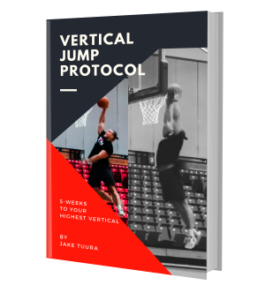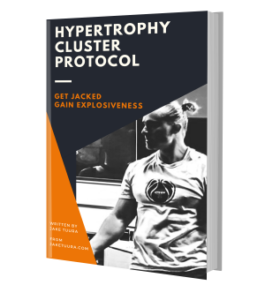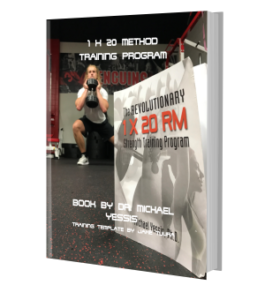Podcast #13: Paul DeGregorio (Reclaim Your Frame)
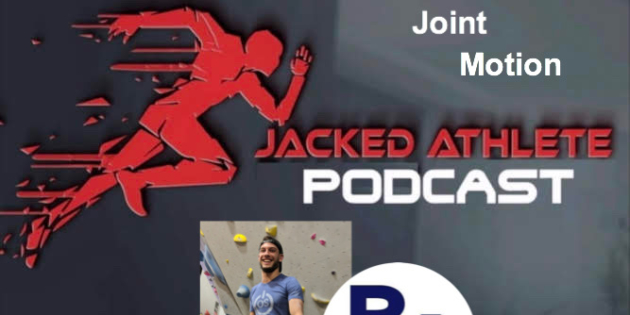
Notes: Hunter-gatherers: “They’re constantly moving and to me, that says aerobic system. Hunter-gatherers would have been aerobic monsters.” Taking care of Fundamental Joint Motion “by moving in a variety of ways (climbing trees, stalking, walking long distances, crouching, performing tasks in a deep squat).” “We actually evolved and pulled ourselves out of the food chain…
Podcast #12: Jarod Burton (Train Efficiently)
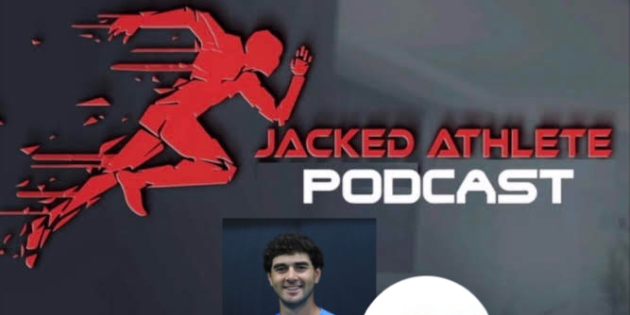
Hierarchy of Survival: “The most important thing about training is being able to breathe in any position that the athlete needs to get into.” “If breathing is the #1 thing on this hierarchical status, if I don’t first fix that source, then trying to fix everything else with muscular imbalance and vestibular system is going…
Podcast #11: Daniel Back (Jump Science)

Vertical Jump Space Problems: “The concept of a plyometric-based program is risky.” “You’re not addressing structure very well at all.” “Training way too much.” Isolation ideas: “Just get your squat up mindset.” Jump Science’s Principles Specificity: “Whatever you’re trying to get good at, you have to have a background of doing it.” General Strength Training.…
Thoughts 11 – Patrick Peterson

Pat is an Athletics Associate at Army West Point 1) Regressive Progressions One of the early concepts you learn as a performance coach is the idea of progression within a program. Periodization and phase potentiation are designed to aid in athletes success by checking boxes before moving onto new modalities. This is a necessary step…
Podcast #10: Kevin Foster (Feet, Hips, Spine, Fascia)

The spectrum: Powerlifting (extreme Muscle Driven) and Javelin, High Jumping (extreme Elastic, Energy Transfer) Rewire: Driving torque from the foot versus rotating from the hips. “Rotating one is gonna rotate the other.” Muscle & Energy Transfer Paradigm: “Strength will make you faster, strength will make you a better athlete. But obviously it’s not that simple.”…
Thoughts 10 – Alex Richard
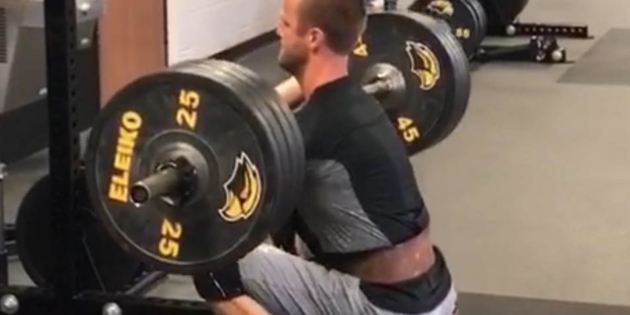
Alex Richard is an Assistant Strength & Conditioning Coach at The University of Southern Mississippi 1. Play sport as often as possible Accumulating a variety of sprints/jumps/agility/reaction NATURALLY is much better than the rigid speed/plyometric/agility programs with the meathead strength coach who probably can’t jump very high or run fast but can lift a lot…
Podcast #9: Brett Adams (Transcending Performance)
Notes: On young athletes: “If they don’t have character, they’re not going to learn it by yelling at them and cursing at them… They don’t get it. They don’t care.” “Development is a fluctuating process.” “We get in our way more times than anyone else.” “A lot of kids want competition but they don’t know…
Podcast #8: Grant Fowler (Fowler Fitness)
Fowler Fitness Principles: “That’s the biggest thing that I preach all the time… if you have the principles down, everything pretty much comes easy after that.” Holistic: “Accounting for everything in training that needs to be accounted for to be successful.” “There is a time and place for anecdotes and personal experience… but ultimately, you…
Thoughts 9 – Justin Ochoa
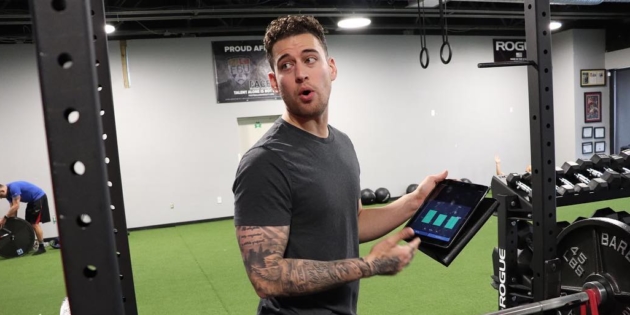
If Mike Boyle tells you why he hates an exercise & why it’s a bad exercise in a 60-second Instagram clip, you know you’re still allowed to use that exercise – right? When people refer to stretches or mobility drills, they say it “opens up the t-spine” or “opens up the hips.” What does that…
Idea on Trap Training

You don’t need shrugs to get huge upper traps. Lift heavy stuff in your hands over the years and they’ll grow. Countless Powerlifters and Oly lifters have massive traps yet don’t regularly perform shrugs in their programs. Muscles get jacked two ways: 1) Hypertrophy (muscle fibers enlarge) and 2) Hyperplasia (muscle fibers increase in number).…
